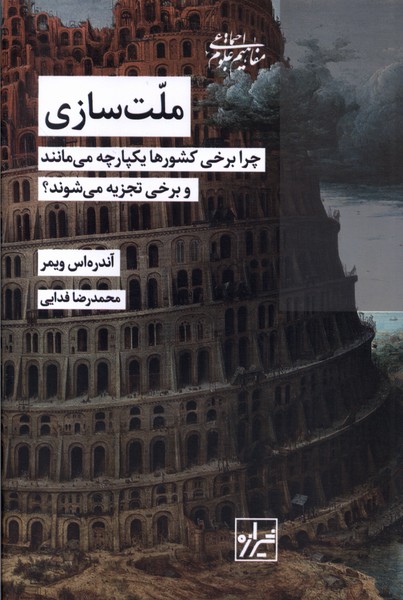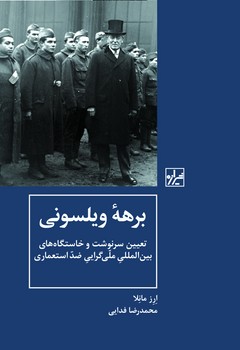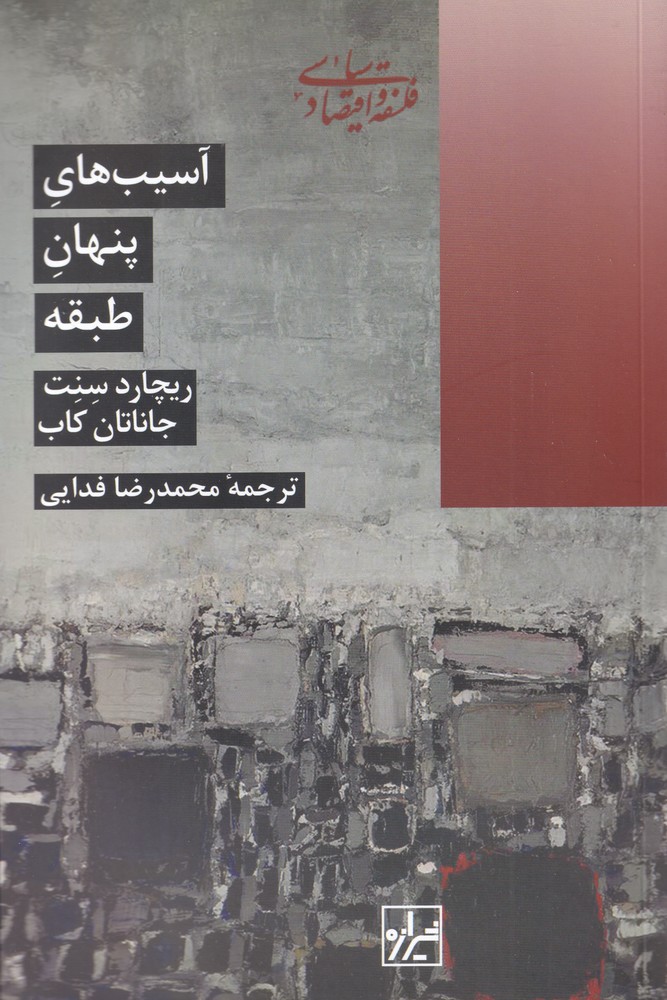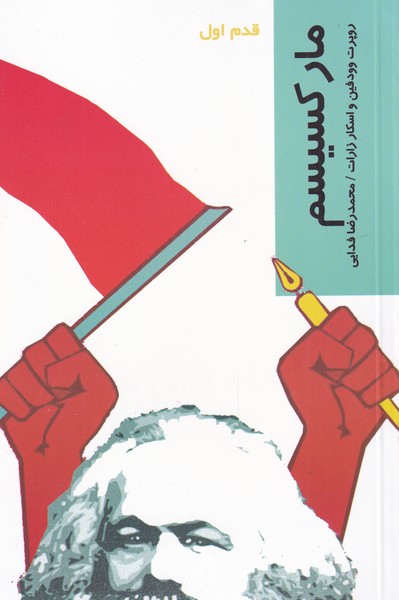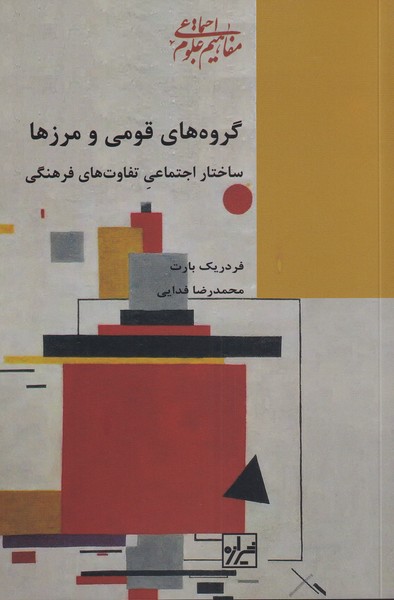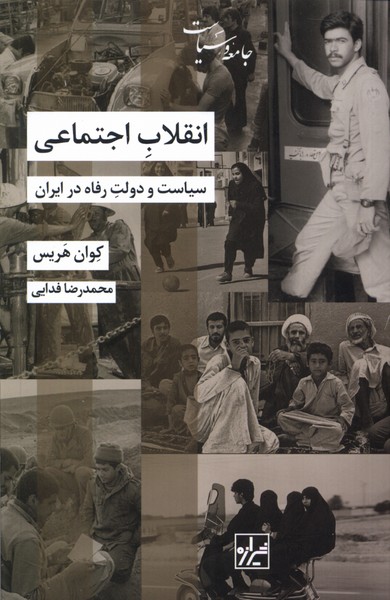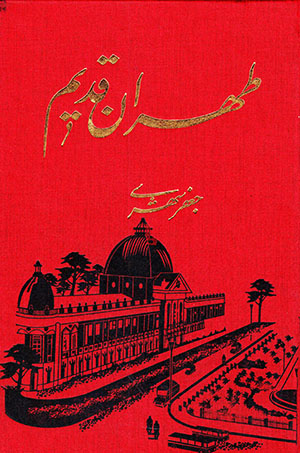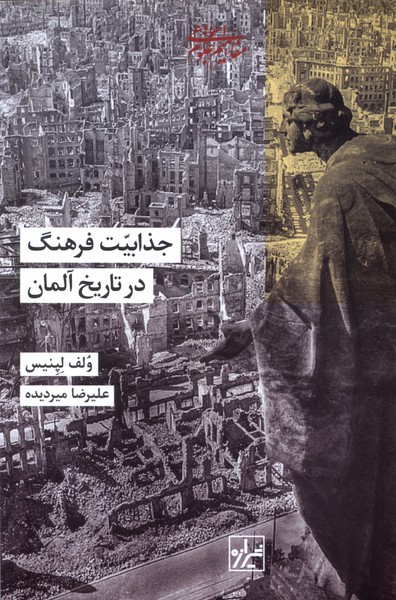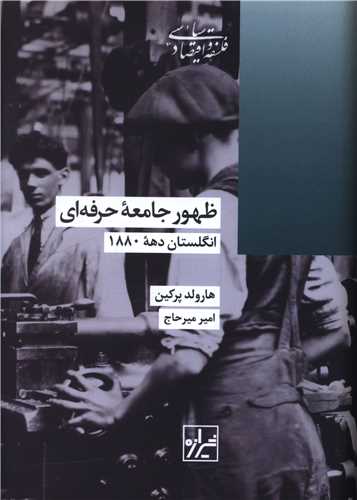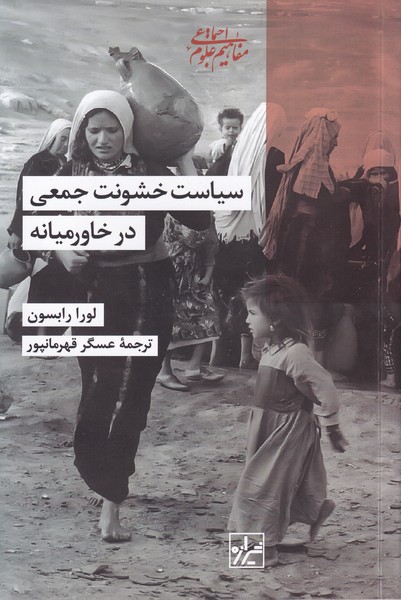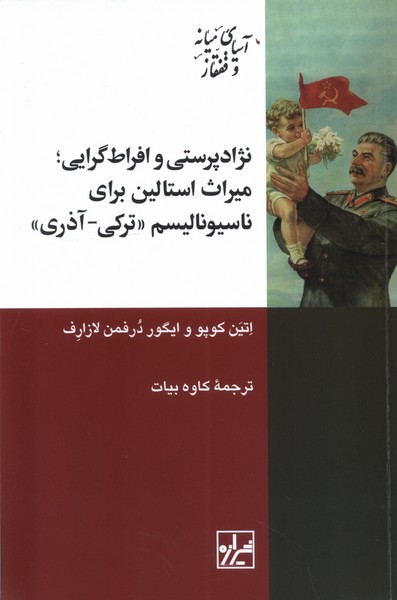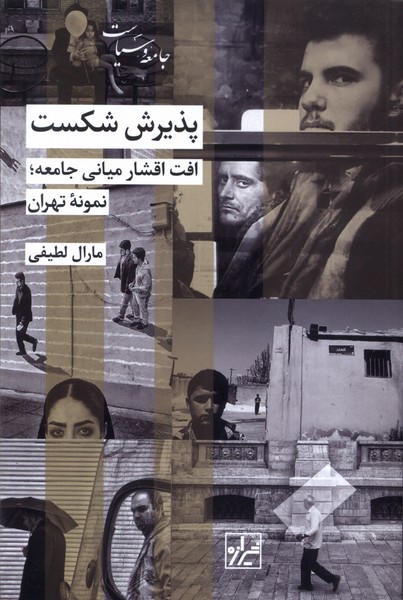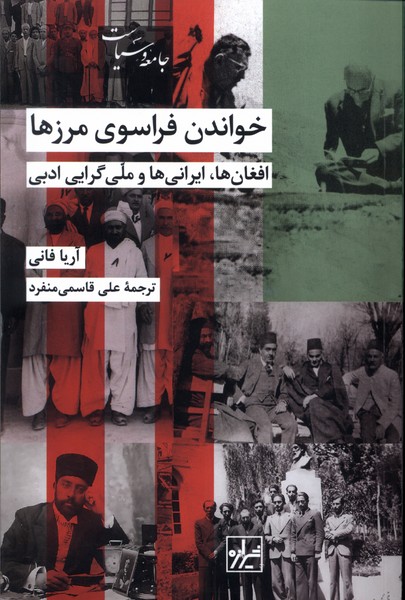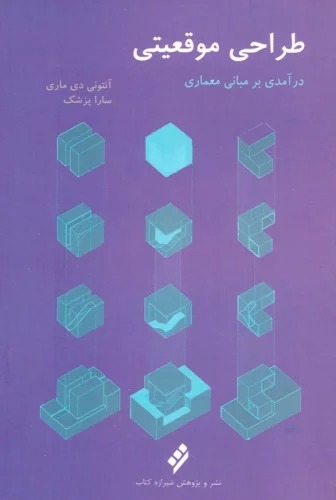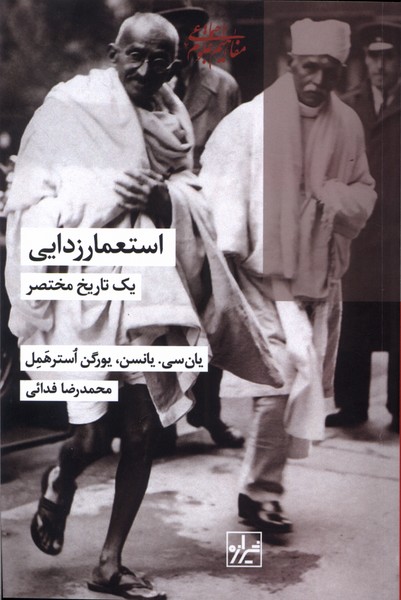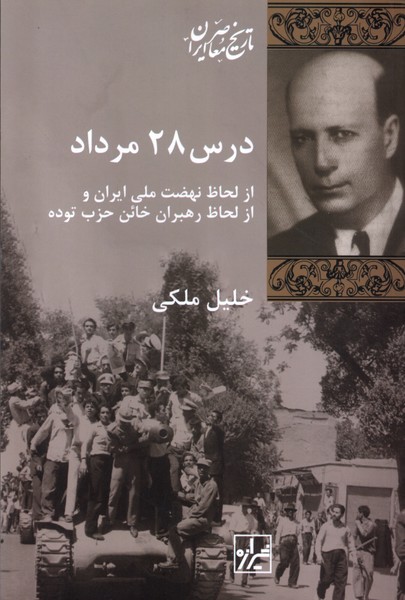Millat Sazi: Persian 1403
ملت سازی
23.11 $
Share
Wishlist
Original Title:
Nation Building: Why Some Countries Come Together While Others Fall Apart
ISBN:
9786225346390
Translator:
Muḥammad'rizā Fadāyī
Publisher:
Shirazih
Age Group:
Adult
Pages:
473
Weight:
210 g
Dimensions:
14 x 21 x 4.4 cm
Book Cover:
Paperback
A new and comprehensive look at the reasons behind successful or failed nation building
Nation Building presents bold new answers to an age-old question. Why is national integration achieved in some diverse countries, while others are destabilized by political inequality between ethnic groups, contentious politics, or even separatism and ethnic war? Traversing centuries and continents from early nineteenth-century Europe and Asia to Africa from the turn of the twenty-first century to today, Andreas Wimmer delves into the slow-moving forces that encourage political alliances to stretch across ethnic divides and build national unity.
Using datasets that cover the entire world and three pairs of case studies, Wimmer's theory of nation-building focuses on slow-moving, generational processes: the spread of civil society organizations, linguistic assimilation, and the state's capacity to provide public goods. Wimmer contrasts Switzerland and Belgium to demonstrate how the early development of voluntary organizations enhanced nation-building; he examines Botswana and Somalia to illustrate how providing public goods can bring diverse political constituencies together; and he shows that the differences between China and Russia indicate how a shared linguistic space may help build political alliances across ethnic boundaries.
Wimmer then reveals, based on the statistical analysis of large-scale datasets, that these mechanisms are at work around the world and explain nation-building better than competing arguments such as democratic governance or colonial legacies. He also shows that when political alliances crosscut ethnic divides and when most ethnic communities are represented at the highest levels of government, the general populace will identify with the nation and its symbols, further deepening national political integration.
Offering a long-term historical perspective and global outlook, Nation Building sheds important new light on the challenges of political integration in diverse countries.
more
در بحث پیرامون پایداری و ماندگاری کشورها یا در مقابل شکست و فروپاشی آنها، مفهوم دولت-ملّت، عنصر مرکزی اغلب پژوهشها را تشکیل میدهد. با اینهمه در اکثر این پژوهشها بخش اوّل این مفهوم یعنی همان دولت همواره مقامی شامختر از بخش دوّم یعنی ملّت دارد و عنصری تعیینکنندهتر بهشمار میرود. کتاب حاضر با تأکید و تمرکز بر ملّت، استثنایی است بر این قاعده. به طور مشخص، بحث بر سر شرایط تحقق یکپارچگی ملّی است، هم از منظر تاریخی یعنی ناظر بر گذشته، و هم از نظر شرایط اینجایی و اکنونی.وجه تاریخی بحث به دو طریق مورد کندوکاو قرار میگیرد: طریق نخست مشتمل است بر میزان دولتبودگی ساختار حکمرانی در یک کشور پیش از قرن نوزدهم میلادی یعنی پیش از آنکه با ورود روزافزون قشرهای مختلف مردم همچون شهروندان صاحب حق، سیاست به امری تودهای تبدیل شود و وجه دوّم همان چیزی است که ماکس وبر از آن به عنوان تاریخ سیاسی مشترک جوامع صحبت میکند.وجه اینجایی و اکنونی بحث، تمامی آن عوامل و عناصری را پوشش میدهد که موجبات یک اتحاد سیاسی پایدار را فراهم میآورند و نویسنده آنها را ذیل سه سرفصل منابع، ساختارها و ارتباطات دستهبندی کرده و مورد بحث قرار میدهد.
more

